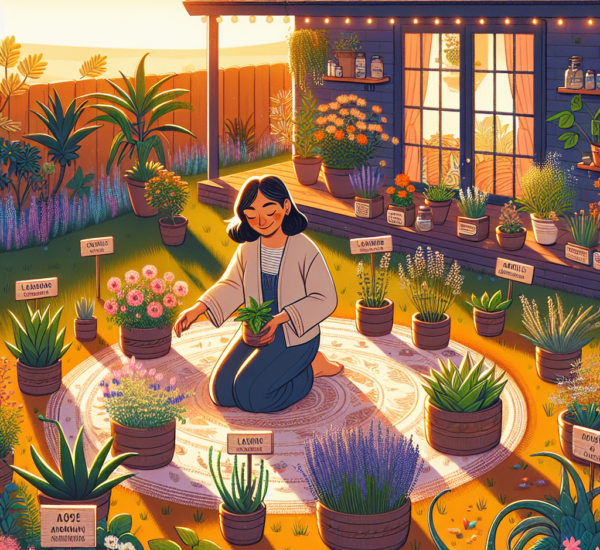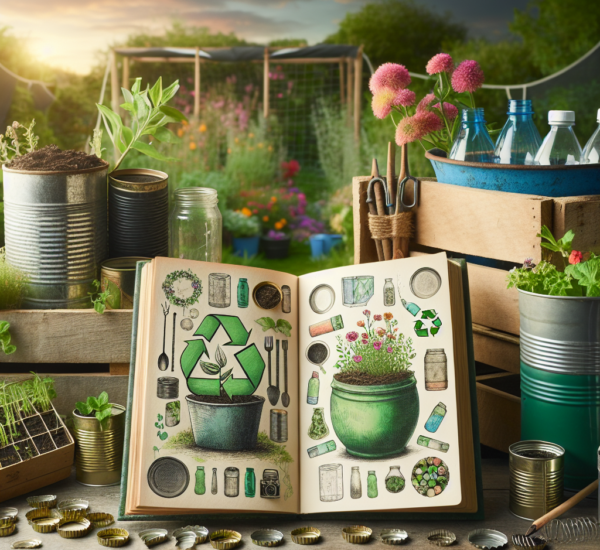Discover the secrets to designing a lush, pollinator-friendly garden that not only beautifies your space but also supports biodiversity.
Introduction
Creating a pollinator-friendly garden is one of the most rewarding choices for any gardening enthusiast. Learn how to design a vibrant ecosystem that invites bees, butterflies, and birds to thrive.
Table of Contents
- Understanding Pollinators
- Choosing the Right Plants
- Designing the Layout
- Creating a Welcoming Habitat
- Sustainable Gardening Practices
- Conclusion
- FAQ
Understanding Pollinators
Pollinators such as bees, butterflies, birds, and bats are crucial for the reproduction of many plant species. They help in the transfer of pollen from one flower to another, enabling plants to produce fruits and seeds. Recognizing their role in our ecosystem emphasizes the importance of designing gardens that cater to their needs.
Choosing the Right Plants
Native Plants Are Best
Incorporating native plants into your garden is crucial because they have co-evolved with local pollinators. The Xerces Society provides region-specific plant lists to guide you.
Plant Diversity
Use a variety of flowering plants to attract different pollinators. Aim for a mixture of colors, shapes, and blooming times to provide year-round forage.
Avoid Hybrid Varieties
While hybrid plants are visually appealing, they often lack the nectar and pollen provisions needed for pollinators. Opt for heirloom or open-pollinated varieties instead.
Designing the Layout
Layered Planting
Implement layered planting strategies with taller flowers at the back and shorter ones in front, creating a visually appealing landscape while accommodating different pollinators.
Pathways and Access
Ensure your garden has clear pathways for you and access points for pollinators. Keep these areas free of obstruction to encourage frequent visits.
Water Features
Water is a key element for a healthy pollinator garden. Consider a shallow bird bath or a small pond to provide hydration and attract pollinators.
Creating a Welcoming Habitat
Shelter and Nesting Sites
Include logs, stones, and tall grasses that offer nesting opportunities for solitary bees and other insects. Artificial nesting boxes can supplement natural habitats.
Minimizing Chemicals
Reduce the use of pesticides and herbicides as these can harm pollinators. Encourage natural pest control methods, like attracting beneficial insects.
Sustainable Gardening Practices
Composting
Compost organic waste to enrich the soil naturally, enhancing plant health without harmful chemicals.
Water Conservation
Implement drip irrigation or rainwater harvesting to save water while maintaining plant thirst under control.
Mulching
Use mulch to retain soil moisture, suppress weeds, and provide a hospitable environment for microorganisms.
Conclusion
Designing a pollinator-friendly garden combines beauty with purpose. By choosing native plants, creating a layered layout, and embracing sustainable practices, your garden will thrive and contribute to the ecosystem. Don’t stop here! Explore our other gardening insights to maximize your outdoor space’s potential.
FAQ
What are the best plants for attracting pollinators?
Native plants are ideal for attracting local pollinators due to their co-evolution and suitability. Research plants for your specific region.
How can I maintain my garden without harmful chemicals?
Adopt organic practices, like composting and mulching, and encourage beneficial insects to naturally manage pests.
Why are water features important in a pollinator garden?
Water features provide essential hydration for pollinators, supporting their health and encouraging frequent visits.




